Flea control and treatment in North Wales
We specialise in flea control and removal in the whole of the North Wales area and we undertake both domestic and commercial work. There are no hidden fees, so the price you are quoted is the price you pay. Flea treatment is a fixed fee of £150.00 for two treatments, based on a 3-bedroom semi-detached house or smaller and has a full money back guarantee. For larger properties, please add £10 per extra room.
We work 7 days a week and will arrive in unmarked vehicles for a discreet service. Our flea treatment service hours are 8.00am to 10pm.
We are based central to North Wales in Rhyl and the areas covered are: Anglesey, Caernarfon, Betws-y-coed, Bethesda, Llanfairfechan, Penmaenmawr, Conwy, Deganwy, Llandudno, Mocdre, Llanddulas, Abergele, Towyn, Rhyl, Bodelwyddan, Rhuddlan, Dyserth, Cwm, Prestatyn, St. Asaph, Trefnant, Denbigh, Holywell, Greenfield, Bagillt, Flint, Connah's Quay, Mold, Buckley, Chester and everywhere in between.
To get rid of a flea problem in your home, CALL 07515 391927 now for a quick service
Our Qualified Technician’s provide an effective treatment which is safe to both humans and pets
Low Odour treatment
All work Guaranteed
FLEA SPECIES
There are around 2500 different species of fleas described worldwide with another 500 awaiting classification. The predominant flea of modern homes in the Western World is Ctenocephalides felis – the cat flea – responsible for around 70% of all flea complaints. Other species include the dog flea, Ctenocephalides canis found on humans and pets, particularly in their bedding, and the human flea, Pulex irritans is also found on humans, in bedrooms and is capable of breeding on pigs, badgers, foxes and hedgehogs. The human flea is however rare. Others, that may be encountered include the rabbit, bird, hedgehog and mole fleas.
DESCRIPTION
Fleas belong to the order Siphonaptera. They vary in size from 1mm, such as the rabbit flea, to the mole flea that can be up to 8mm. Fleas vary from being light brown in colour to nearly black although most encountered in the work of a pest control operator are a reddish brown. They are flattened from side to side in appearance, allowing them to move easily through hair and fur and are covered in backward facing bristles. They have well developed muscles in the hind limbs and a unique skeletal structure which are special adaptations for jumping. Fleas have no wings (although transitory wing buds may appear in pupae of some species), reduced or no compound eyes and piercing and sucking mouth parts. Adult fleas live as parasites on warm-blooded animals and although they show host preference they will feed on sources of blood in the absence of their normal host. Some flea species are unable to breed without the presence of the blood from their definitive host.
LIFE CYCLE
A single female is capable of producing several hundred eggs in her life-span. The eggs hatch after about a week and the legless, white thread-like larvae feed on organic waste including undigested blood and excreta left by adults. The larvae are about 1.5mm long at this stage and are identified by their eyeless, brown head, biting jaws, 3 segmented thorax and 10 segmented abdomen covered in bristles, with peg-like protrusions on the final segment. The larvae become grey in colour as they grow and after about 2-3 weeks, having moulted twice, reach a length of 5mm. At this stage they begin to spin silken cocoons in which they pupate. These cocoons are tent shaped and incorporate dust particles etc which help to camouflage the pupa and also makes them difficult to penetrate with a water base insecticide. This is a major problem in unoccupied properties and the use of an oil based insecticide is recommended for these areas or the application of a desiccant dust along joints in floor boards or wood block floors. These turn brown as they mature to become adults and are capable of remaining dormant for 8 months until stimulated to emerge for a feed. It is known that fleas breed close to their hosts in dust, sweepings, dirt, cracks and crevices and general rubbish. The whole cycle from egg to adult takes about a month in summer, such longer at lower temperatures. When unoccupied properties need to be visited, workmen can be protected from bites by wearing overboots that have been treated with a repellent.
NUISANCE FACTOR
Fleas will often go unnoticed until, towards August and September, either people are bitten or pets begin to suffer. When very hungry, fleas will jump onto people (not their preferred host) feed a little on blood, then leap off again to await a more suitable host. Bites to humans can cause intense reddened irritation around a central red spot which can last for up to 2 days. First bites are not usually responsible for serious reactions although subsequent ones may lead to hypersensitivity among some people.
It is thought that up to 50% of all skin diseases suffered by cats and dogs are caused by allergic reactions to flea bites which attack all pets at one time or another during their life. Fleas are capable of spreading serious disease. The most critical of these being the infectious Bubonic plague, transmitted to man by the rodent flea that carries the causative bacillus from infected rats. This flea is responsible for carrying murine typhus. While disease transmission is still prevalent it is now the case that fleas are considered more of an irritation and the cause of much social stigma.
DGD Flea Treatment in a nutshell
UNMARKED VEHICLES
For a discreet service
£150 FOR EVERYTHING
Two treatments
Never pay more than this
GUARANTEED ERADICATION
Money back guarantee
SENIOR CITIZEN DISCOUNTS
£20 discount for seniors
LOCAL BUSINESS
Family-run service



